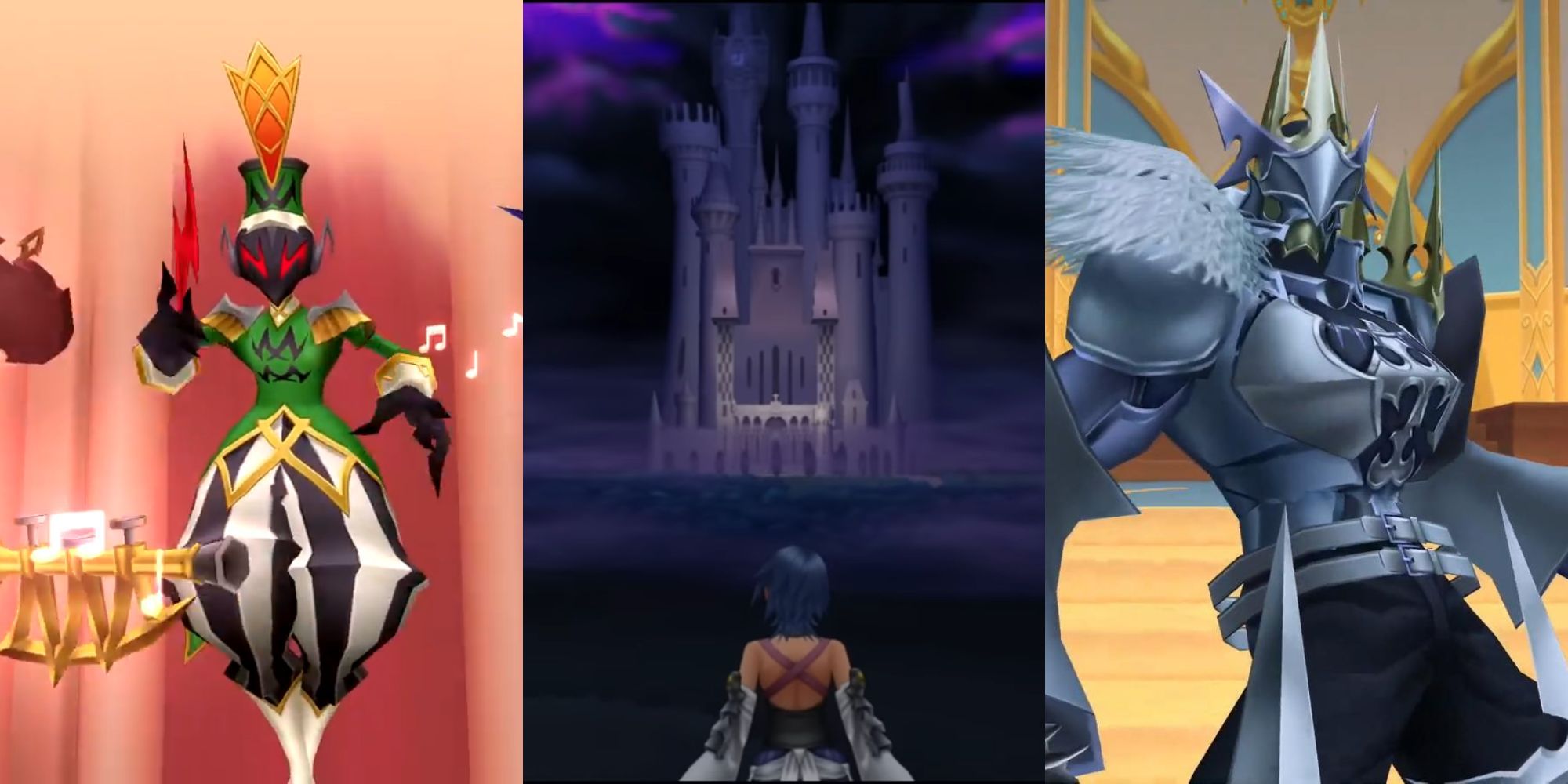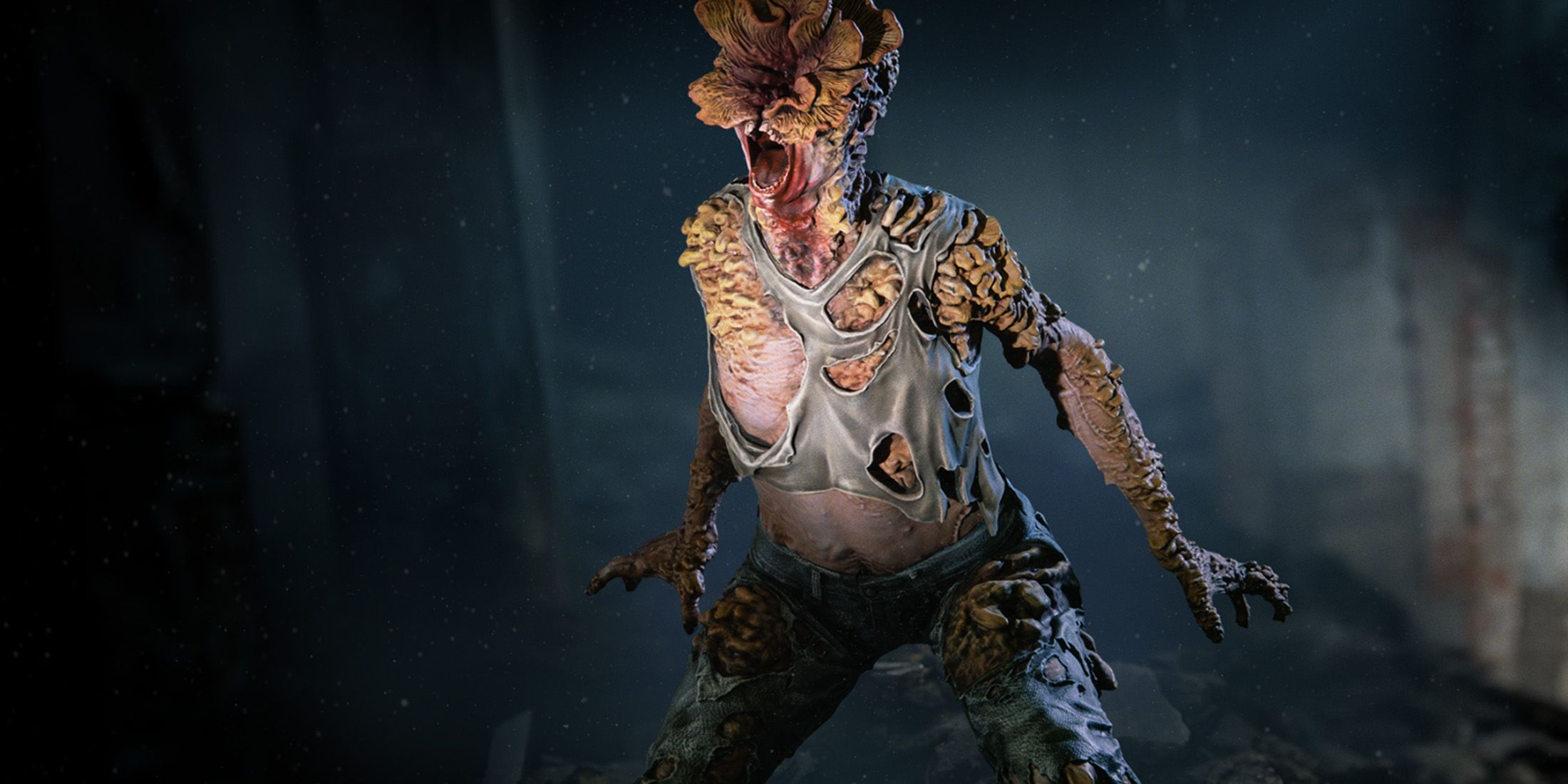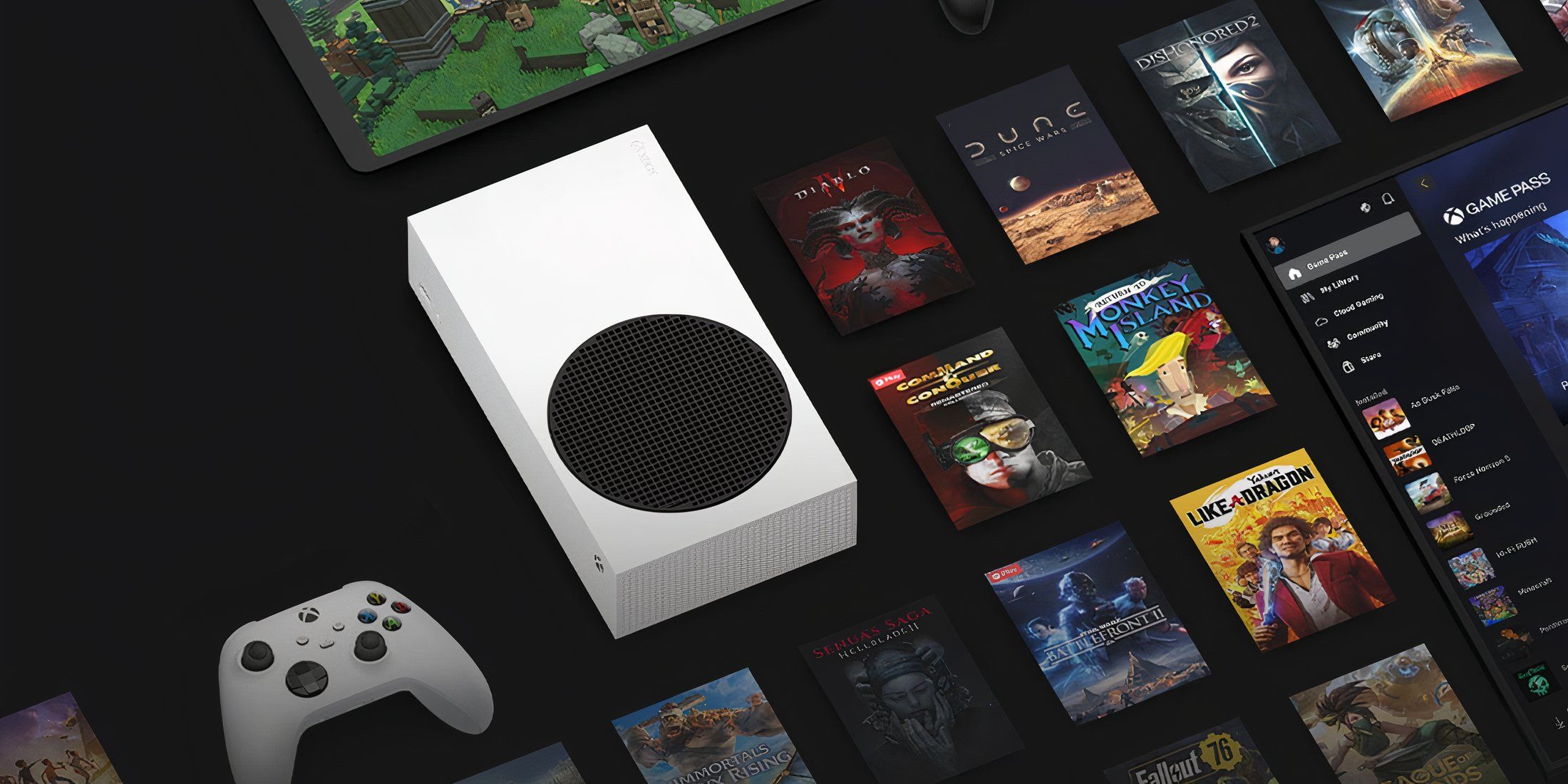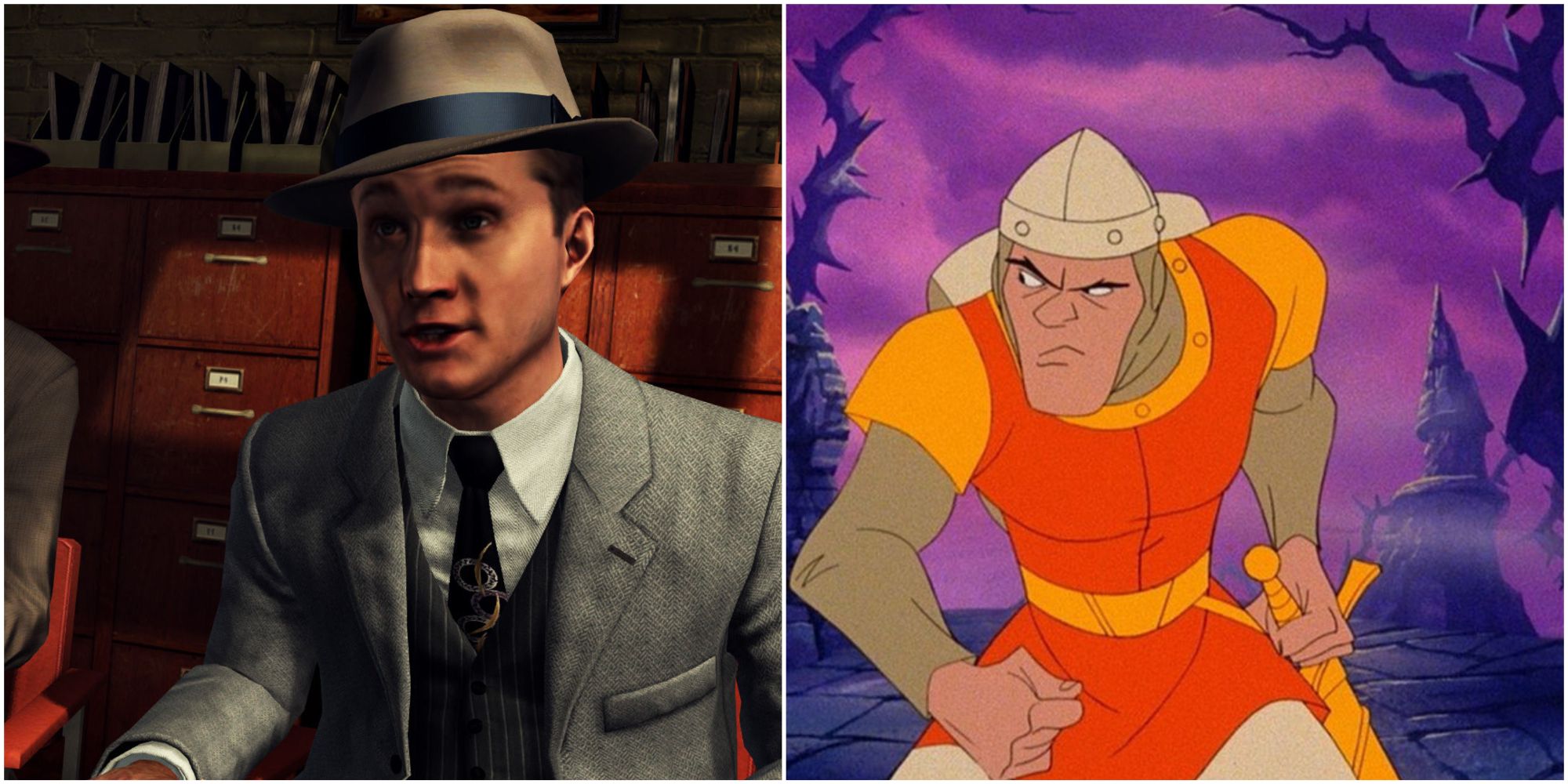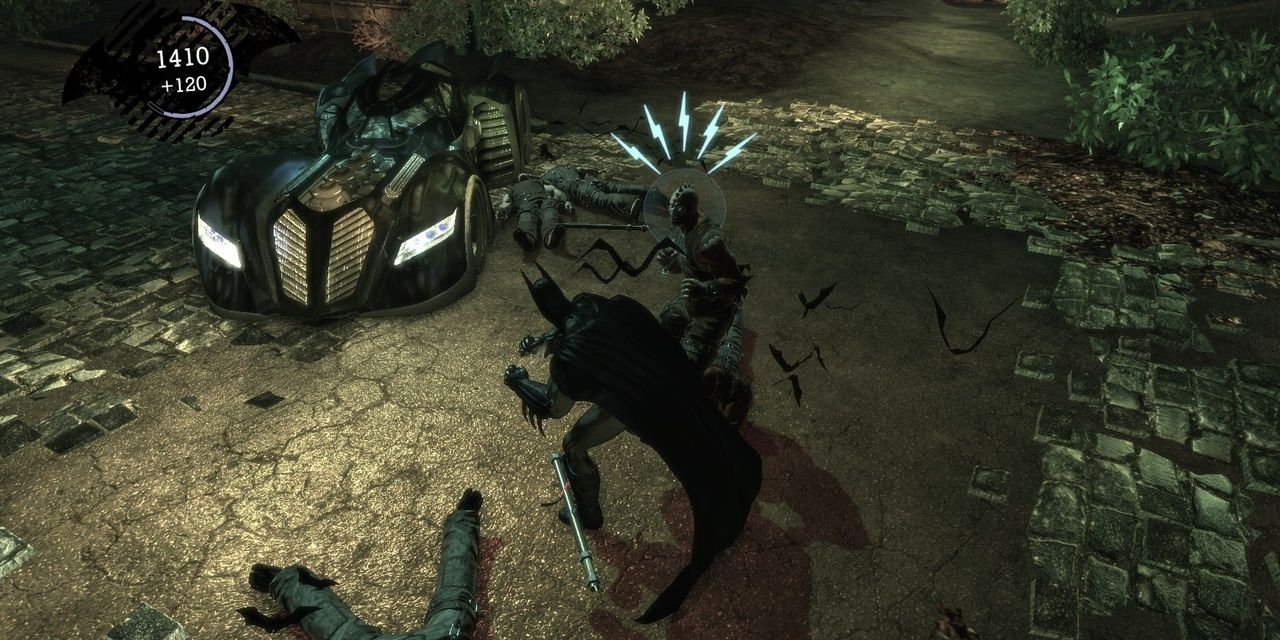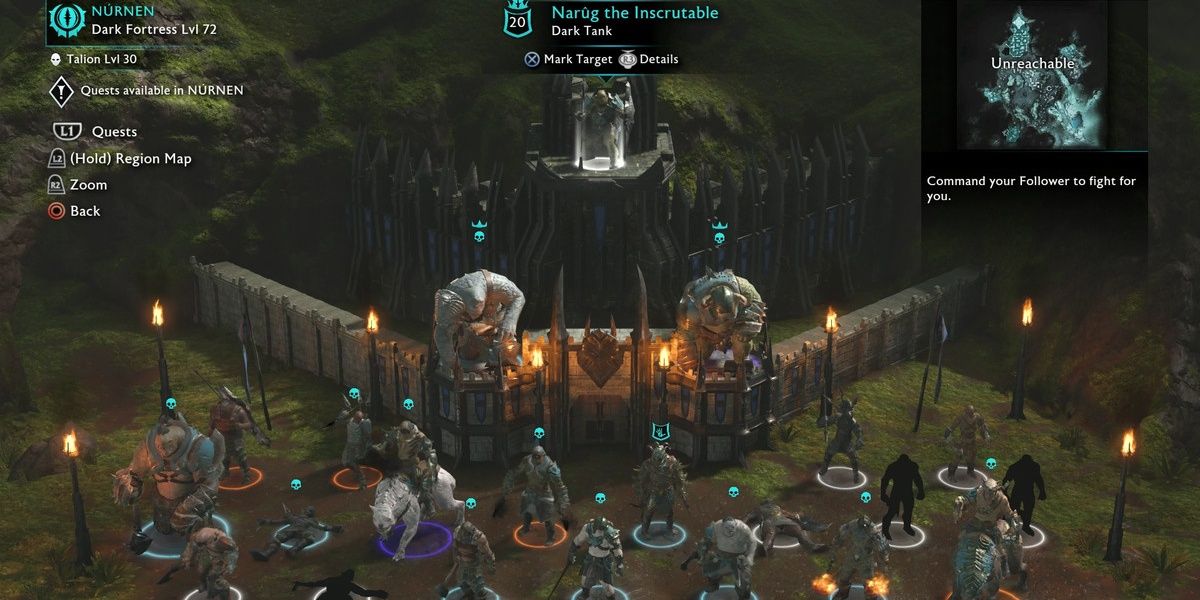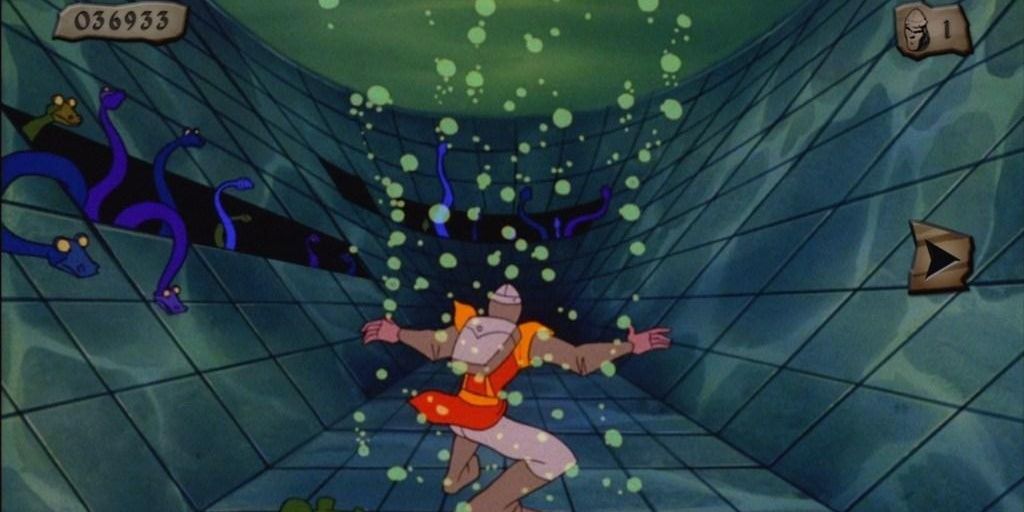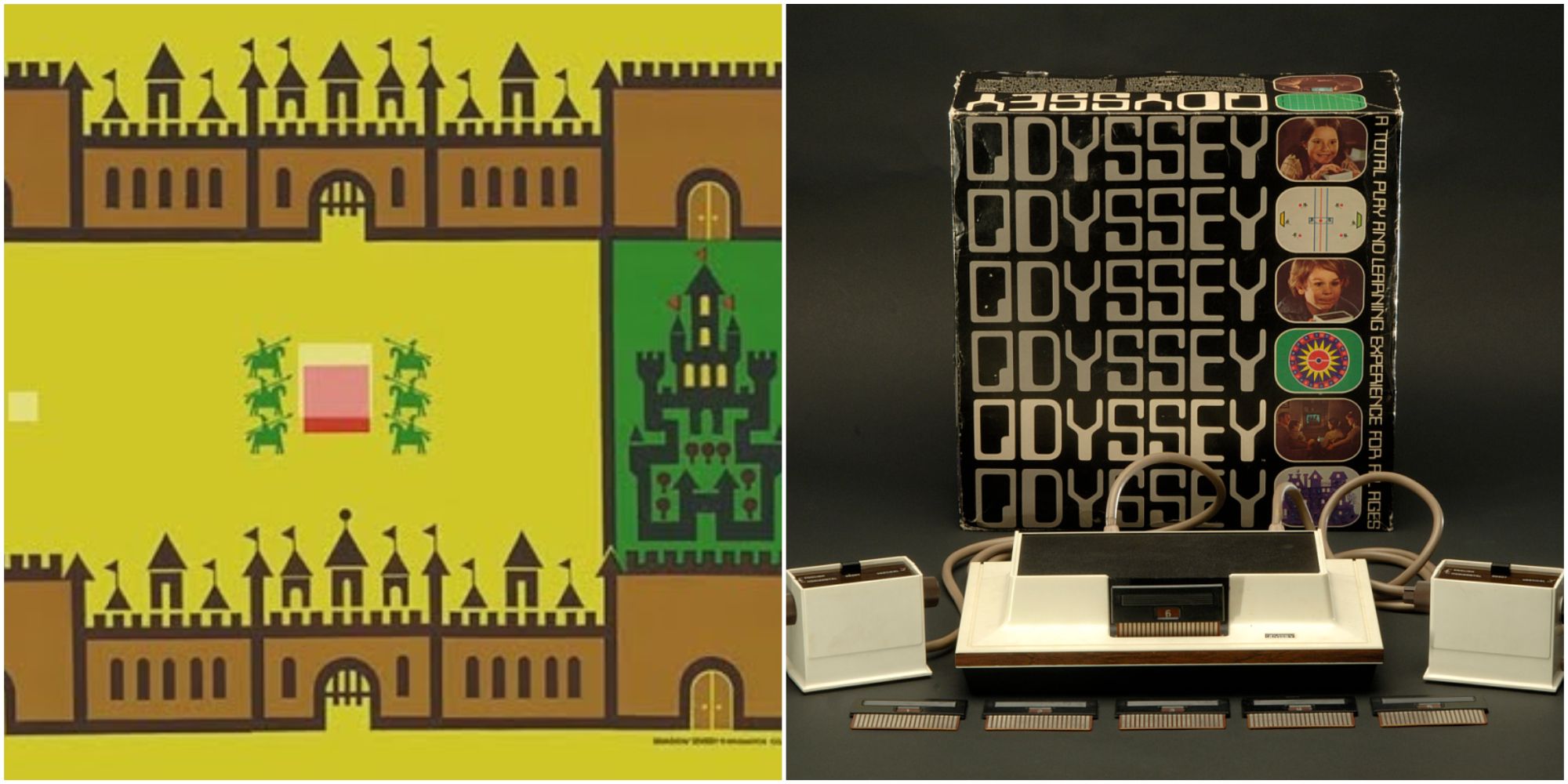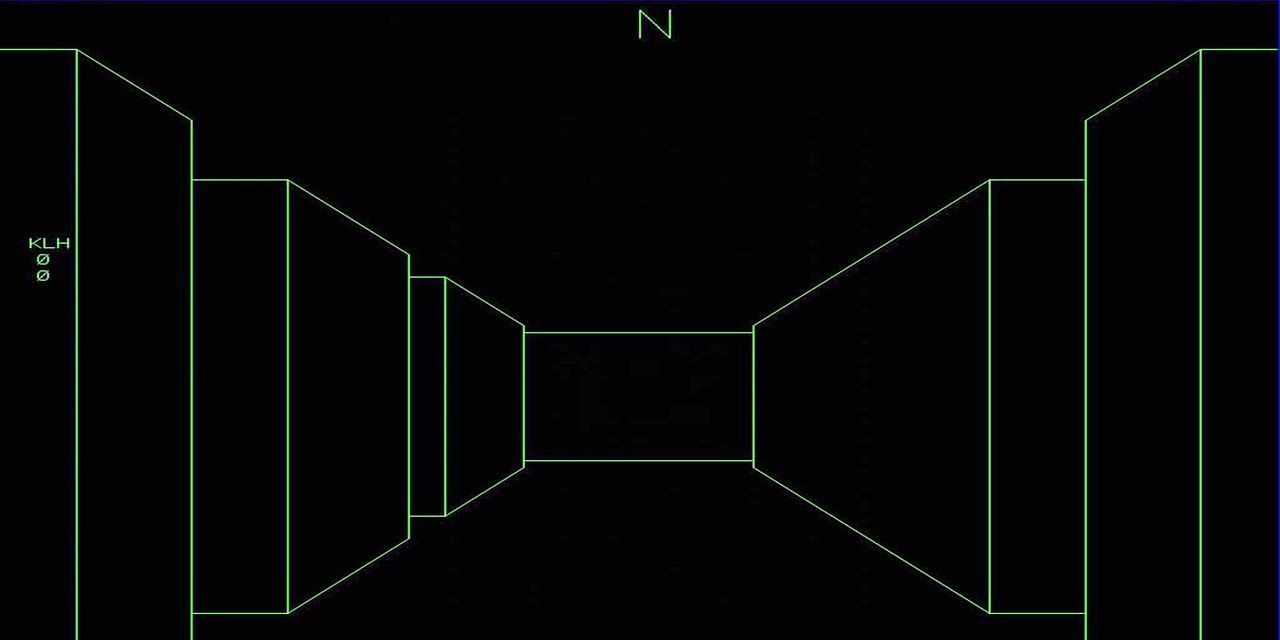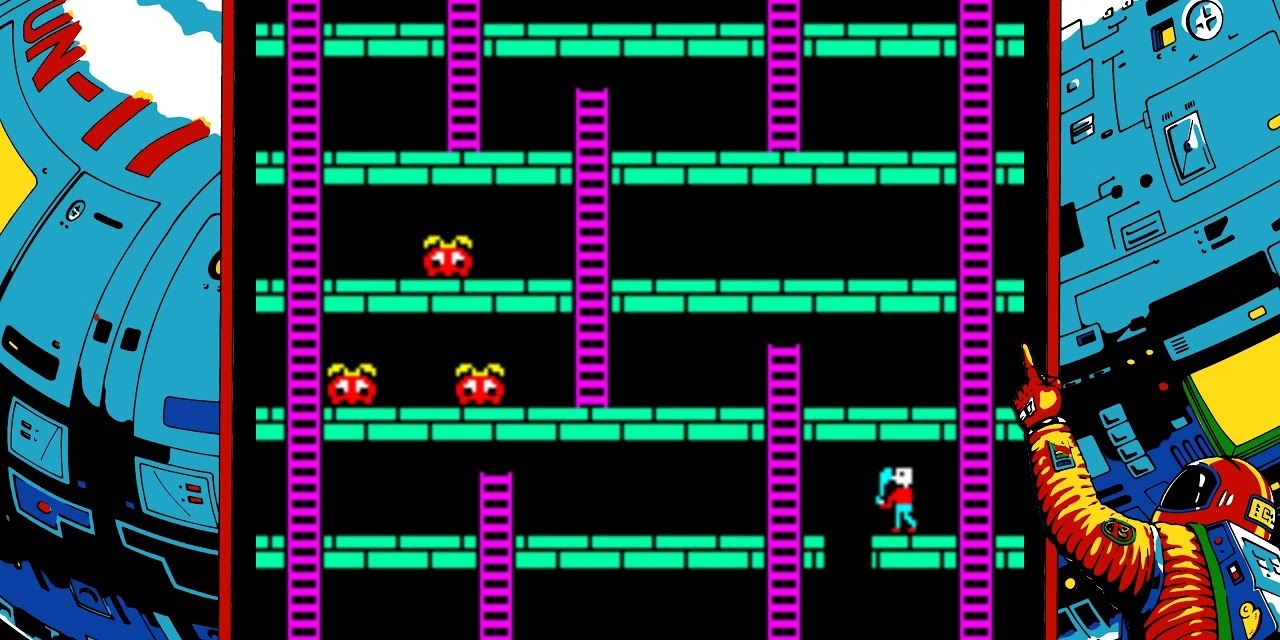Innovation is what keeps entertainment going, and gaming is no different. Every so often, developers may get a bright, new idea for gameplay, and it proves so popular that it reshapes the foundations of the industry. Not all experiments yield positive results, though.
These innovations are not always appealing to a wider audience. Those that don't hit the mainstream mostly fade into obscurity as a curious piece of gaming history. However, some simply hibernate until a new developer digs them up and brings them to a more receptive audience. Given all these possibilities, it's interesting to look back and discover the origins of certain longstanding mechanics. The greatest gimmicks may come from the most unexpected places.
8 Batman: Arkham Asylum - Freeflow Combat
Many Batman games have included beat-'em-up gameplay, but Arkham Asylum sought a variation on this familiar ground. It ties most moves to one button, with another used for counters. A few more inputs occasionally come into play, but players primarily alternate between these two. This simple system allows Batman to glide gracefully from one foe to another, taking them out in a brutal dance. It achieves the spectacle of a choreographed big-screen fight in a video game.
The success of Freeflow Combat meant that it carried over to other titles. Subsequent Arkham games obviously bring it back, but it quickly expanded beyond the Caped Crusader. Spider-Man has also used it in a few games, including his 2018 hit. Aside from superheroes, though, the system informs Mad Max and several titles with hand-to-hand brawls. The developers even use it for sword fighting in Middle-earth: Shadow of Mordor. Speaking of which...
7 Middle-Earth: Shadow Of Mordor - Nemesis System
Easily the most publicized aspect of this ambitious title, the Nemesis System is a novel approach to enemy design. The developers try to infuse these Orcs with more individuality than just mindless monsters. Each one has a unique name and a place within the hierarchy. Any victories they attain let them rise in that hierarchy. If protagonist Talion fails to kill them, either by perishing himself or by letting them get away, they remember past skirmishes.
This complex system makes mundane enemy encounters much more personal. It's no surprise, then, that the developers expand on it in the sequel. However, publisher Warner Bros. also patented it, thereby limiting its spread across the gaming market. Watch Dogs: Legion and a few Assassin's Creed titles have implemented something similar, but their scripted efforts are only a shadow of what such a system is capable of. Plenty of games outside the Middle-earth series could and should benefit from this innovation.
6 Dragon's Lair - Quick-Time Events
Games have always wanted to be cinematic. Full-motion video offered a way to achieve that while maintaining some level of interactivity. Enter Dragon's Lair, an animated short with multiple outcomes. If players hit the buttons indicated onscreen, then Dirk the Daring deftly dodges danger and conquers any obstacles in his way. It's a convenient way of portraying action in a story-driven game.
That's why it's shown up in Telltale's episodic adventures and other point-and-click titles. It doesn't stop there, though. Developers have also implemented QTEs in hack-and-slash and beat-em-up works to punctuate existing combat. Players see this in God of War, Asura's Wrath, the Castlevania: Lords of Shadow trilogy, and countless others. In all cases, quick-time events add flashy finishers to exhilarating fights.
5 LA Noire - MotionScan
Performance capture has become a reliable method of simulating human motion in gaming, but LA Noire commissions a more advanced form of this technology called "MotionScan." It involves 32 cameras simultaneously filming an actor's face. This way, the smallest ticks and nuances show up on the in-game character model. Developers at Team Bondi needed this for their main attraction.
The detective tale uses this tech during interrogations. Players analyze people's faces for any giveaways to determine who's telling the truth. It's an imperfect mechanic, but nevertheless an engaging one. Unfortunately, the game's high cost--coupled with low sales--meant that MotionScan didn't get the fine-tuning it deserved in a potential sequel. Because of that, it quickly vanished from the game industry.
4 Invasion - Turn-Based Strategy
Turn-based board games had obviously existed before computers, but some crazy developers eventually decided to merge the two. The result was a little title called Invasion. Released for the Magnavox Odyssey, it essentially boils down to players trying to conquer twelve castles. They have a preset number of troops and resources, and they take turns trying to outmaneuver their opponents.
These rules make Invasion a precursor to numerous branches of strategy games. Civilization, Total War, and the myriad of Tactics titles all owe their formats to Invasion. The turn-based combat in JRPGs takes the same rules and simply applies them to individual party members instead of vast armies. These all encourage players to think about how to win. Who said video games rot the brain?
3 Maze War - First-Person Shooter
This game has an unorthodox origin. It came from a pack of high school students in a NASA work-study program; they hoped to simulate the flow of fluids for spacecraft designs. Their efforts yielded a virtual maze adventure. They later added the ability to shoot enemies. Little did they know that they birthed a lucrative subgenre.
More and more shooters adopted a first-person perspective. Hits like GoldenEye and Doom only cemented the format's popularity. Soon, these games emerged as the most prolific action titles of the 21st century. Halo, Call of Duty, Battlefield, and Far Cry are just a few series that unfold from this viewpoint. It's flooded the market for years, and it shows no signs of slowing down.
2 Heavyweight Champ - Fighting
Considering their competitive nature, it was only a matter of time before games included fisticuffs. The pioneer of such combat was a Sega arcade title called Heavyweight Champ. It displays two fighters from a side-to-side perspective, and players must defeat the enemy at the other end of the screen. This sight should be immediately familiar.
Even decades later, it's still the style that most fighting games adopt. Street Fighter, Mortal Kombat, Guilty Gear, and Soul Calibur all brilliantly exemplify this. Fighters still overcome their enemies on the other end of the screen.
In a broader sense, Heavyweight Champ also influenced side-scrolling beat-'em-ups like Double Dragon. Granted, these have a different set of rules: players must traverse larger environments and tackle multiple foes instead of just one. That said, they still move to the right and punch out anyone in their way, so the idea remains the same.
1 Space Panic - Platforming
Arguably the most endearing adventure game format is the platformer. Here, players literally overcome challenges by jumping past obstacles and climbing on all kinds of surfaces to reach their destination. The Mario franchise helped popularize the genre and endures to this day. However, this gameplay has found additional success with works like Crash Bandicoot, Sonic the Hedgehog, Jak & Daxter, Banjo-Kazooie, Ori and the Blind Forest, Kirby, Rayman, and Hollow Knight.
These all bring something new to the table, but the core concept started with an arcade game called Space Panic. In this extraterrestrial title, players climb ladders to move from one platform to another. It wasn't until the advent of Donkey Kong that developers got the bright idea to jump, but the main mechanic is the same. That platforming formula has lasted because its basic framework can fit nearly every genre, setting, and skill level. Such malleability makes it incredibly satisfying in its simplicity.

